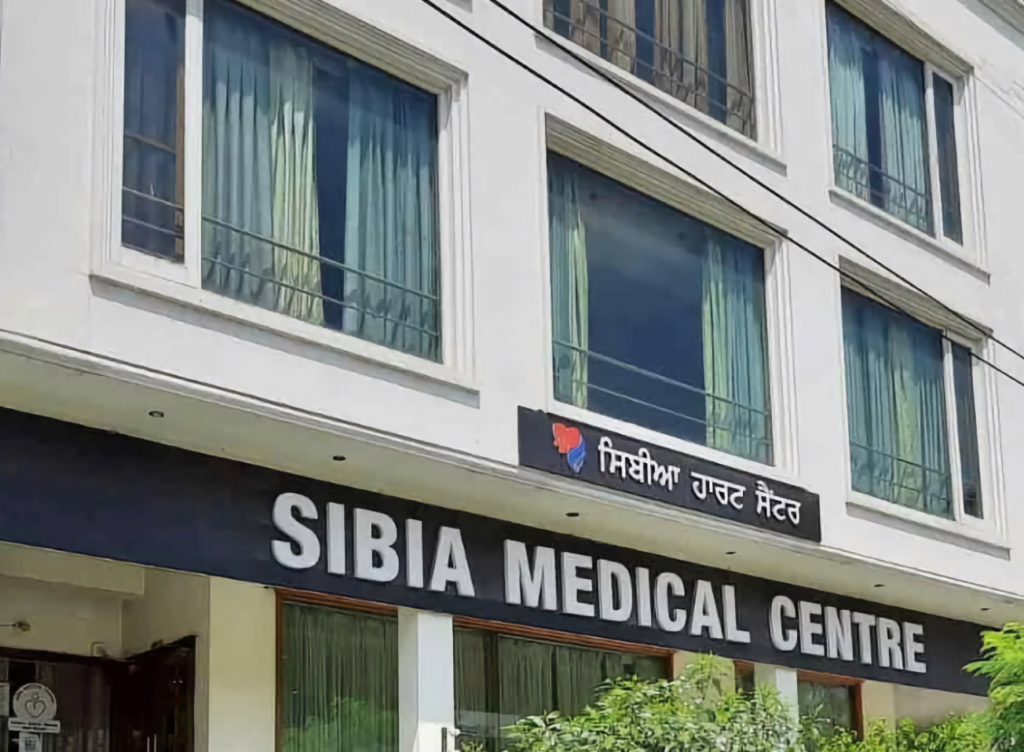Chronic bradycardia is a condition where the heart rate consistently falls below 60 beats per minute. While a low heart rate may not be problematic for some individuals, when it becomes persistent or chronic, it can lead to serious health complications. In this blog, we will explore what chronic bradycardia is, its causes and symptoms, and the available treatment options, including non-surgical therapies like EECP treatment that can help manage heart health.
What is Chronic Bradycardia?
Chronic bradycardia is characterized by a slower-than-normal heart rate that occurs consistently over time. The heart’s electrical system controls the rhythm of heartbeats, and when there is a disruption in this system, it can lead to bradycardia. This condition is diagnosed when the heart rate is consistently below 60 beats per minute, though some people may experience symptoms even with a slightly slower heart rate.
While athletes and highly active individuals may have a naturally slow heart rate without any issues, for others, chronic bradycardia can interfere with the heart’s ability to pump enough oxygen-rich blood to the rest of the body. This can lead to symptoms such as dizziness, fatigue, and shortness of breath.
Causes of Chronic Bradycardia
Several factors can contribute to the development of chronic bradycardia, including:
1. Heart Disease
One of the most common causes of chronic bradycardia is heart disease, particularly conditions that affect the electrical pathways in the heart. Coronary artery disease, heart attacks, and conditions like myocarditis (inflammation of the heart muscle) can lead to damage in the heart’s electrical system, causing bradycardia.
2. Age-Related Changes
As we age, the electrical system of the heart can naturally undergo changes. The sinoatrial (SA) node, which is responsible for setting the pace of the heart’s rhythm, may function less efficiently in older adults, leading to slower heart rates.
3. Medications
Certain medications, such as beta-blockers, calcium channel blockers, and digoxin, can slow the heart rate. If these medications are not properly managed, they can contribute to the development of chronic bradycardia.
4. Electrolyte Imbalance
An imbalance in the body’s electrolytes, including potassium, sodium, and calcium, can disrupt the heart’s electrical signals and lead to a slow heart rate. This can occur due to dehydration, kidney problems, or other medical conditions.
5. Hypothyroidism
Hypothyroidism, or an underactive thyroid, can cause a slow heart rate. The thyroid hormone regulates metabolism, and low levels can affect the heart’s ability to function properly.
6. Sleep Apnea
People with sleep apnea, a condition where breathing repeatedly stops and starts during sleep, may experience bradycardia due to irregularities in breathing patterns and oxygen levels during sleep.
Symptoms of Chronic Bradycardia
While some individuals with chronic bradycardia may not experience noticeable symptoms, others may face a range of issues. Common symptoms include:
- Fatigue: A low heart rate can reduce the efficiency of the heart, leading to fatigue and a lack of energy throughout the day.
- Dizziness or Light-headedness: Reduced blood flow to the brain can cause dizziness, fainting, or light-headedness, especially when standing up quickly.
- Shortness of Breath: When the heart struggles to pump blood effectively, it can cause difficulty breathing, especially during physical activity.
- Chest Pain: In more severe cases, chronic bradycardia can lead to chest pain or discomfort, which may be indicative of an underlying heart condition.
- Confusion or Memory Issues: Reduced blood flow can also affect cognitive function, leading to difficulty concentrating or memory problems.
Treatment Options for Chronic Bradycardia
The treatment for chronic bradycardia depends on the underlying cause, the severity of symptoms, and the overall health of the individual. Some treatment options include:
1. Medication Adjustment
If medications are the cause of bradycardia, your doctor may adjust the dosage or switch you to a different type of medication. In cases where an electrolyte imbalance is the cause, correcting the imbalance may help restore a normal heart rate.
2. Pacemaker Implantation
For individuals with severe chronic bradycardia or those who experience significant symptoms, a pacemaker may be recommended. This small device is implanted under the skin and helps regulate the heart’s rhythm by sending electrical impulses to the heart.
3. Enhanced External Counter Pulsation (EECP) Treatment
For those with heart disease and chronic bradycardia, EECP treatment can offer a non-surgical alternative to improve heart function. EECP therapy in India is becoming increasingly popular for treating heart conditions, including bradycardia, as it promotes better circulation and helps reduce symptoms of heart disease.
EECP treatment involves the use of external cuffs placed on the legs, which inflate and deflate in sync with the heartbeat. This stimulates the formation of new blood vessels, improving blood flow to the heart and helping the heart function more efficiently. This non-invasive treatment can alleviate symptoms of chronic bradycardia and improve overall heart health, especially for those who are not candidates for surgery.
4. Lifestyle Changes
Making healthy lifestyle changes can also help manage chronic bradycardia. These changes include:
- Maintaining a healthy weight
- Exercising regularly (with your doctor’s approval)
- Avoiding excessive alcohol consumption
- Managing stress through relaxation techniques
These lifestyle modifications can help improve overall heart health and may alleviate some symptoms associated with bradycardia.
When Should You Seek Medical Help?
It is crucial to seek medical attention if you experience any symptoms of chronic bradycardia, especially if the symptoms worsen over time. Prompt treatment can help prevent complications such as fainting, heart failure, or stroke. If you experience chest pain, difficulty breathing, or dizziness along with a slow heart rate, seek emergency medical care immediately.
Conclusion
Chronic bradycardia is a condition that can significantly impact your quality of life, but with proper diagnosis and treatment, it can be managed effectively. Whether through medication, a pacemaker, or non-invasive treatments like EECP therapy in india, there are numerous options available to help improve heart function and alleviate symptoms. If you or someone you know is struggling with chronic bradycardia, consulting with a healthcare provider and exploring treatments like EECP treatment centers in India may be an essential step toward improving heart health and overall well-being.






